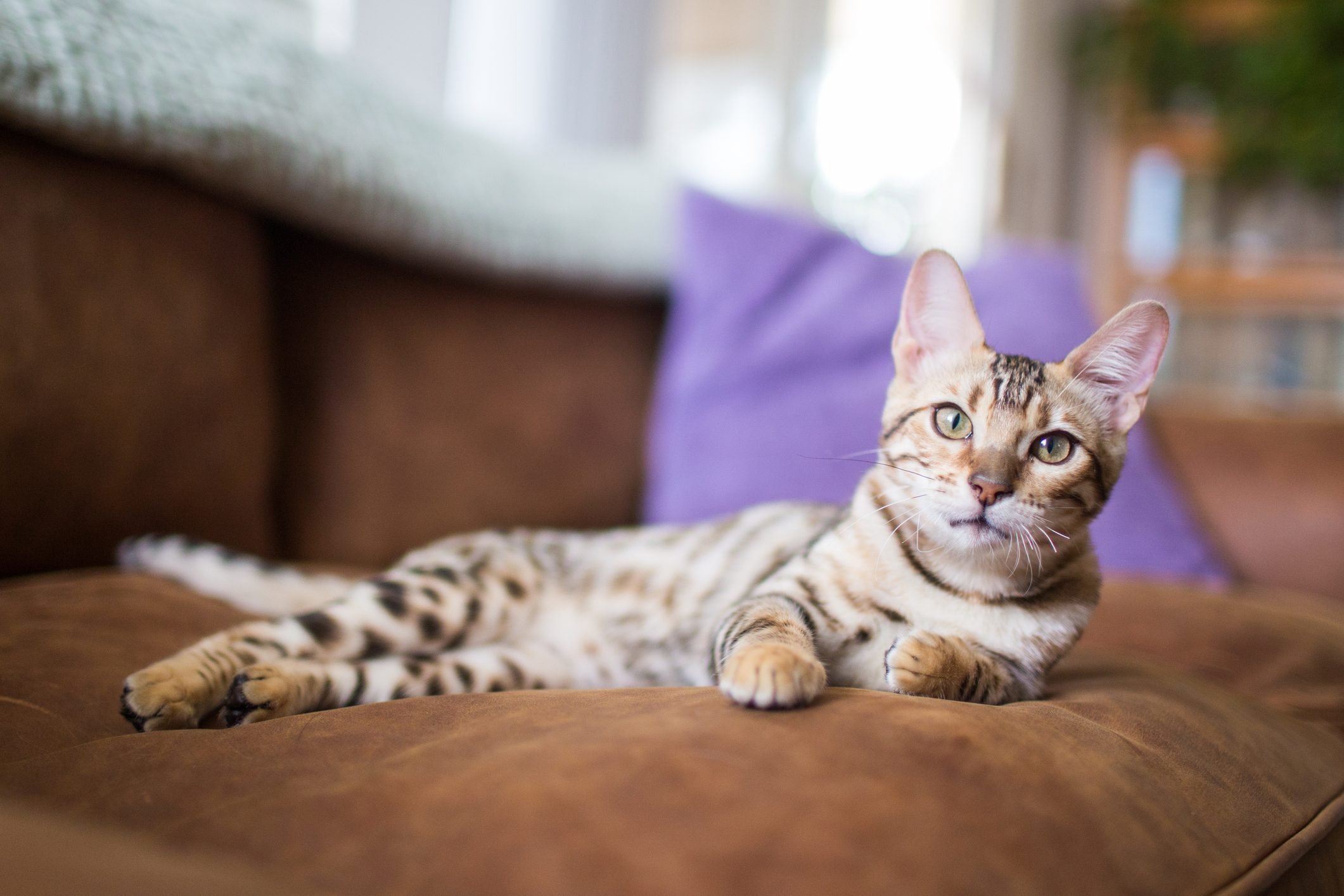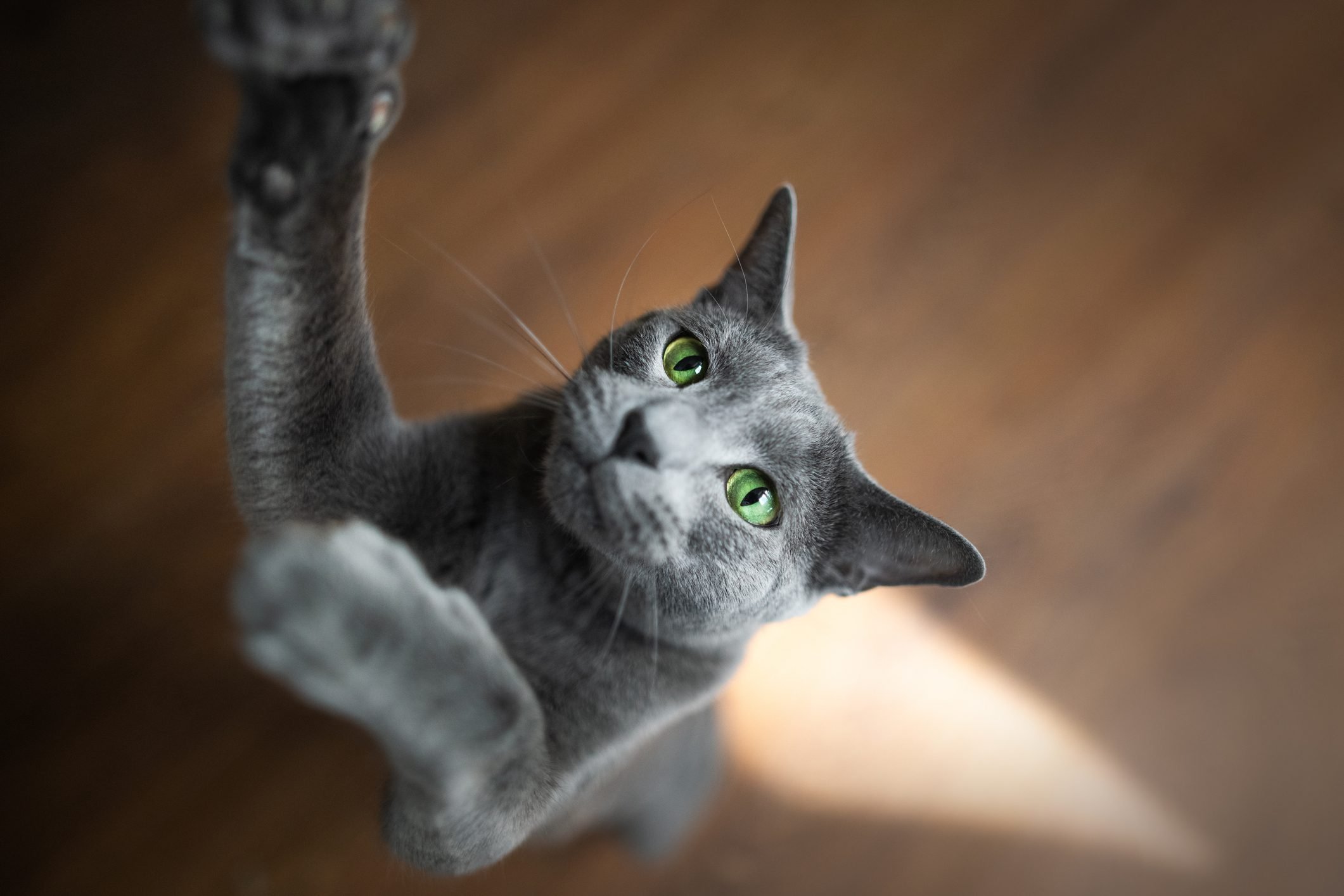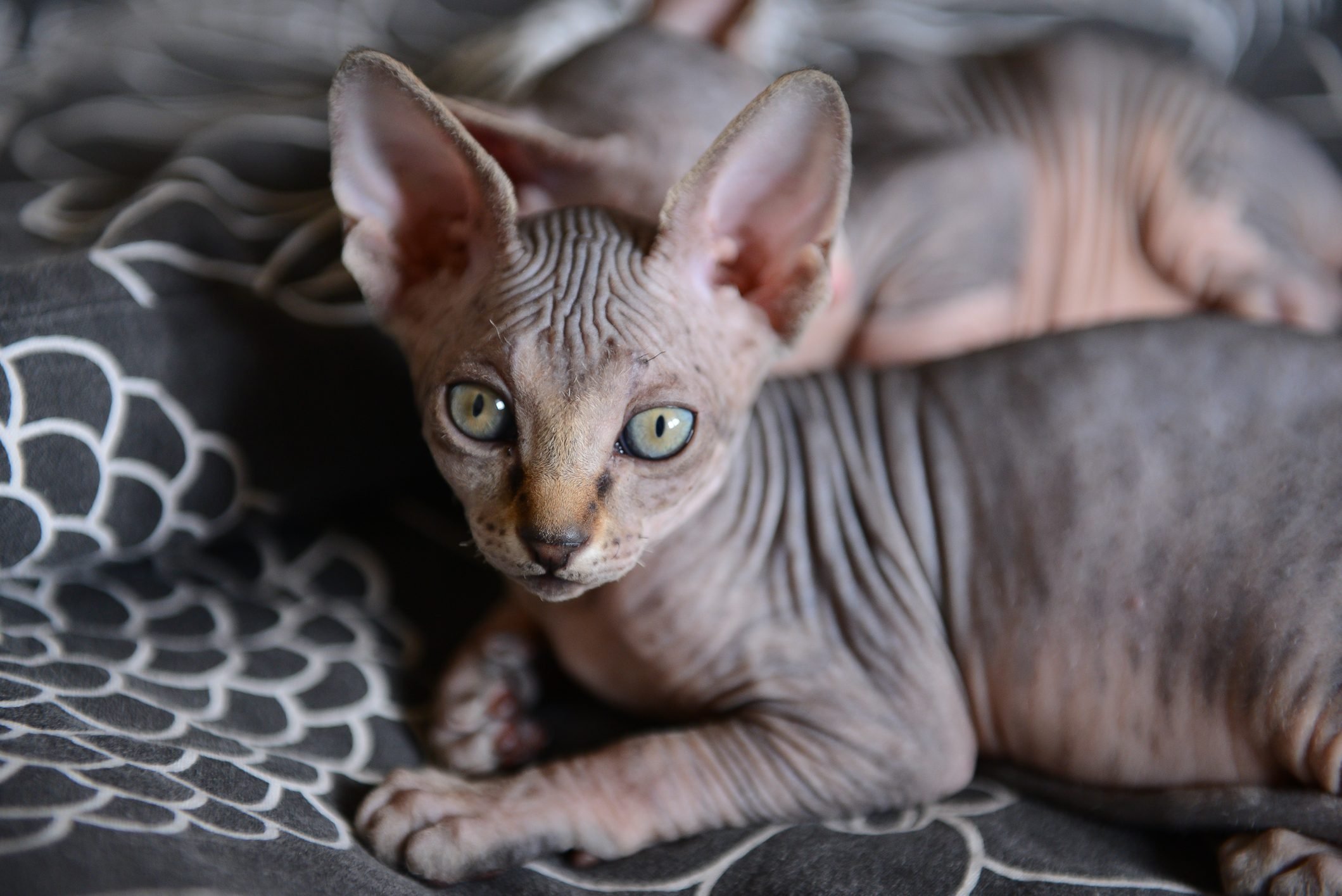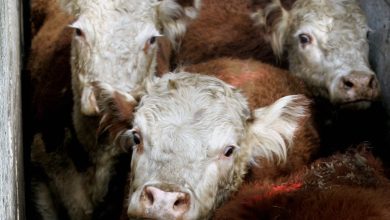8 Hypoallergenic Cats for People with Allergies – Reader’s Digest
More people are allergic to cats than any other animal. in fact, about one in five people worldwide experience allergy symptoms ranging from sneezing and itchy eyes to coughing, wheezing, and hives when exposed to cats. many people mistakenly believe that their allergic response depends on the amount of hair the cat has. But studies have found that the amount of hair is irrelevant and that some of the most hypoallergenic cats actually have long, lush hair. these are the friendliest cat breeds.
what causes cat allergies?
When people develop allergy symptoms around felines, they are reacting to a protein called fel d 1, which is present in the skin, saliva, and urine of cats. When a cat licks its fur, the saliva containing the FEL D 1 dries into light airborne particles. Eventually, they land on human hair, clothing, and furniture, and can stay for weeks or months, says veterinarian Kelly St. Denis, DVM, President of the American Association of Feline Professionals.
the amount of fel d 1 varies widely among cats, and even within cats at different times of the year. “There really are no cats that are 100 percent hypoallergenic,” explains dr. s t. denis “there are some breeds that are believed to produce fewer allergens. some of the other breeds just shed less hair or dander. so the cats could have reduced allergens because they produce less or shed less fur into the environment.” here are more common “facts” about cats that are actually false.
In general, female cats produce less protein than male cats, and neutered males produce less than non-spayed males. in general, however, the following cute kitties are commonly considered to be the most hypoallergenic of cat breeds.
Balinese
This graceful breed of cat was named after the graceful dancers of Bali, but actually originated in the United States after a spontaneous genetic variant of Siamese cats resulted in long-haired kittens. Unlike most long-haired cats with two or three layers of fur, Balinese cats have just one layer of their lush, silky mane, so it generally doesn’t mat or mat. Furthermore, they are believed to produce less fel d 1 than most other breeds. they tend to be vocal, alert, and affectionate, as well as extremely intelligent. They are also one of the cutest cat breeds when they are kittens. the closely related Javanese cat also seems to trigger a minor allergic response.
flare
 Purple Collar Pet Photography/Getty Images
Purple Collar Pet Photography/Getty Images
With its leopard markings, the Bengal is an exotic-looking domestic cat that charms people with its intelligence and playfulness. The Bengal originated in the United States when a researcher crossed domestic cats with hybrids, the hybrids being the result of crossing African leopard cats with domestic cats. The soft, dense coat of the Bengal is noted for its extraordinary rabbit-like softness and limited shedding. Also, Dr. s t. Denis says that while most cats spend up to 25 percent of their time grooming, Bengals tend to engage in grooming less frequently, thus spreading fewer allergens. while Bengals range from eight to 15 pounds, these big cat breeds dwarf them by comparison.
short hair color point
This is considered a “man-made” breed because it was developed by crossing a Siamese with an American Shorthair red tabby in the mid-20th century. Like the Siamese, its body is light in color, but the “points” on its ears, face, tail, and feet can be 16 different colors. this breed sheds very little and for that reason is often recommended as a good pet for people with cat allergies. it is also considered one of the most affectionate cat breeds. Like the Siamese, it is very vocal, intelligent, and playful. a related breed, the Oriental Shorthair, a cross between a Siamese, American Shorthair, and Abyssinian, also tends to produce less of an allergic response.
cornish rex
Like the Balinese, the Cornish Rex is the result of a genetic mutation and is still considered a rare breed of cat. in this case, a kitten with short curly hair was born from a british shorthair litter. the kitten was then strategically mated to create the new breed. Now, it’s hailed as a great choice for cat lovers with allergies because its single coat of soft hair doesn’t shed as much as other cats’ hair. Still, the Cornish Rex develops a buildup of oil on its skin and therefore requires frequent bathing. This cat’s egg-shaped head, giant ears, and long legs give it a distinctive, almost aloof appearance. However, meet a Cornish Rex and you will find that it is a playful, intelligent and outgoing companion. its cousin, the devon rex, is another good choice for people with cat allergies.
Russian Blue
 IzaLysonArts/500px/Getty ImagesBelieved to have originated in the northern hinterlands of Russia, this cat exudes grace and beauty with its muscled body, brilliant green eyes, and triangular head. Its short, bluish coat, tipped with silver, rarely sheds; what’s more, the double coat is believed to trap allergens closer to the cat’s skin, preventing them from becoming airborne in the environment. The Russian Blue is also thought to produce less Fel d 1 than other breeds, Dr. St. Denis says, though no conclusive studies have been done. For all these reasons, the Russian Blue is considered one of the top hypoallergenic cat breeds. The Russian Blue is intelligent and loves to play—it will even “fetch”—and is sweet and affectionate with its humans.
IzaLysonArts/500px/Getty ImagesBelieved to have originated in the northern hinterlands of Russia, this cat exudes grace and beauty with its muscled body, brilliant green eyes, and triangular head. Its short, bluish coat, tipped with silver, rarely sheds; what’s more, the double coat is believed to trap allergens closer to the cat’s skin, preventing them from becoming airborne in the environment. The Russian Blue is also thought to produce less Fel d 1 than other breeds, Dr. St. Denis says, though no conclusive studies have been done. For all these reasons, the Russian Blue is considered one of the top hypoallergenic cat breeds. The Russian Blue is intelligent and loves to play—it will even “fetch”—and is sweet and affectionate with its humans.
Siberian
despite its triple coat of medium to long dense fur, the Siberian cat appears to produce less fe d 1 than most other breeds, making it the closest thing to a true cat breed hypoallergenic, according to a smithsonian magazine interview with cat geneticist leslie lyons. Originally from the Russian forests, this furry cat has been around since at least the year 1000, although it did not reach the United States until 1990. Siberians are intelligent, athletic, and generally calm yet affectionate, and they love to play in the water.
Siamese
With deep blue eyes, a long, tapered tail, a regal stature, and short, elegant fur, the Siamese cat reminds us of its origins in the temples of Thailand. Their fur is usually a cream shade, while their face, ears, feet, and tail are usually a darker color, ranging from lilac to dark brown. The Siamese cat is known to be extremely vocal, mischievous, and intelligent, and tends to shed less than other cats. If you adopt one, keep a close eye on it – Siamese cats are among the most frequently stolen breeds.
sphynx
 OlgaChan/Getty Images
OlgaChan/Getty Images
Often thought of as hairless, the sphynx actually has a fine, shaggy coat of what is sometimes called “peach fuzz” in humans. it may also have short hair on its nose, ears, and tail. Because you have little or no hair to shed, the distribution of the fel d 1 allergen in your home is limited. This cat is just as cuddly as other breeds, with some comparing its fur to chamois or chamois. The sphynx is a loyal kitty companion and will delight his humans with acrobatics… when he’s not relaxing in a warm sunny spot by the window, that is. If you have allergies, check out these other pets below.
sources:
- smithsonian magazine: “there is no such thing as hypoallergenic cats”
- webmd: “cat allergies”
- kelly street. denis, dvm, veterinarian and president of the american feline medical association
- allergy: “stay with the cat, change the care pathway: a transformative approach to managing fel d 1, the major feline allergen”
- The Journal of Allergy and Clinical Immunology: “Sex Difference in Feld 1 Allergen Production”



